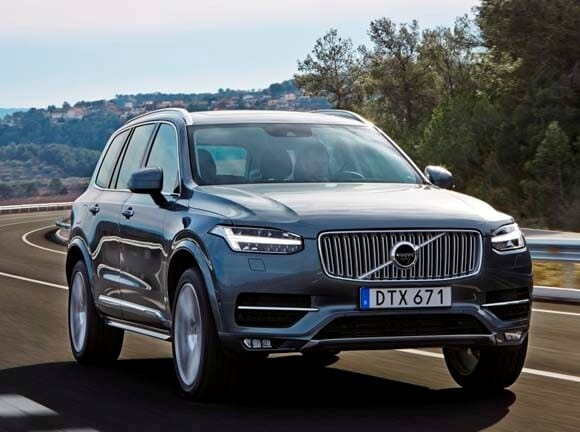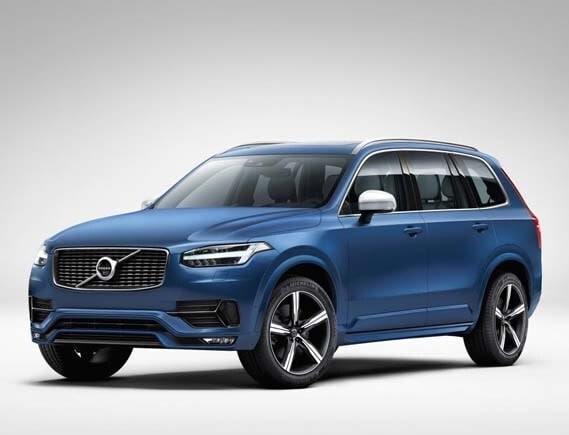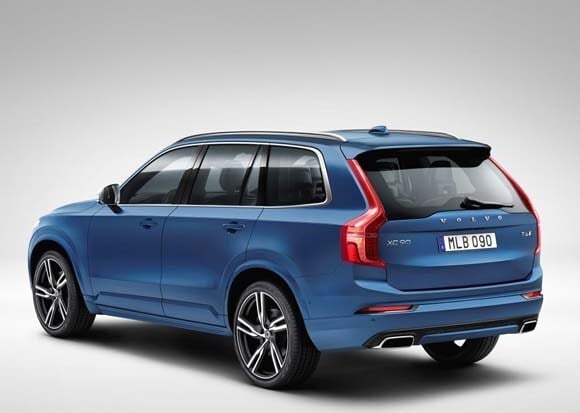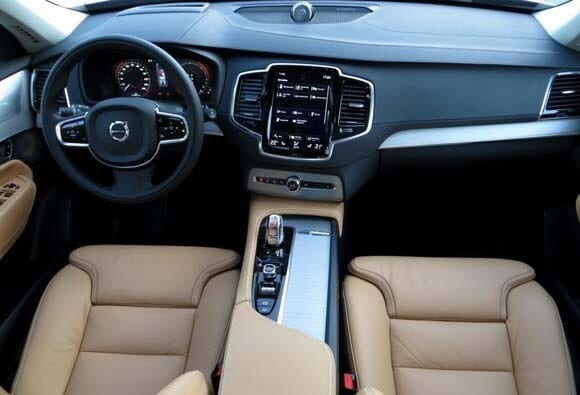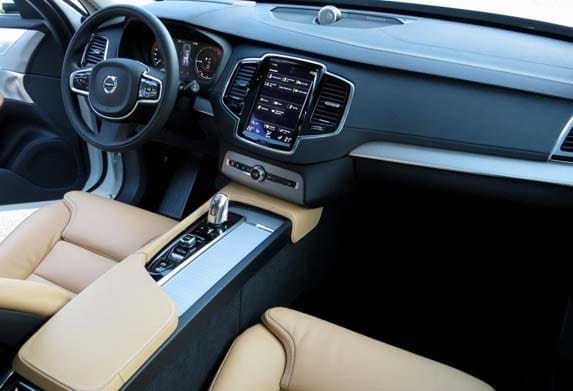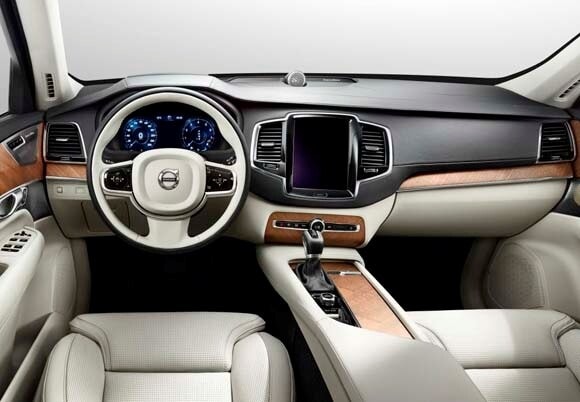In 2009, Volvo went through a rough patch of slumping sales, an aging product line, and an anxious parent, Ford, looking to downsize its foreign interests. In 2010, the Blue Oval cut Volvo loose, which initiated a massive restructuring effort internally.
The fruits of that process are beginning to emerge and on a global scale, Volvo is booming. The Swedish car firm shipped an all-time record of 465,866 vehicles last year, an annual increase of 8.9 percent. Company president Håkan Samuelsson predicts this growth to continue, as Volvo is "still in an investment phase," and he’s targeting 800,000 annual sales in the coming years.
Volvo’s fortunes as of late in the U.S. market haven’t been quite as prosperous. Sales slid to just 56,366 cars in 2014 (less than half its annual rate from ten years prior), however the latest plan seeks to fix that.
Volvo Opening its First Factory in the US
In the days before the New York Auto Show, Volvo announced it will invest $500 million to open a new vehicle production facility on U.S. soil. The exact location of the plant has yet to be announced, but it would produce vehicles for the domestic market, and at some point, potentially, for export.
"We have very ambitious plans for sales increases, and it’s important to build that infrastructure in advance in order to achieve that goal" noted Jim Nichols, Product Communications Manager for Volvo Cars. "We’ll be able to get vehicles into consumer hands much faster, and as a global car company, it gives us the flexibility of having production in the three major continents with which we serve."
Volvo plans to increase its U.S. volume to 100,000 vehicles in the medium term, and the technology used on the first entirely all-new product, the 2016 XC90, will help pave the way.
New Engines, New Chassis and Getting Noticed in a Busy Market
The XC90, which arrives at U.S. dealerships this month, brings with it two key technological advancements for the brand’s future – a new Drive-E four-cylinder engine family and Volvo’s new SPA (Scalable Product Architecture) vehicle platform – the results of an $11 billion, multi-year investment.
The forced induction (and in some cases, hybridized) Drive-E engines debuted in the 2015 model range, however, the XC90 mates those six- and eight-cylinder emulating four-cylinders with Volvo’s new scalable platform for the first time. The new engines and platform will eventually permeate the entire Volvo lineup, replacing eight existing engine architectures and all of the company’s previous Ford-based platforms. This gives Volvo economies of scale, but more importantly for buyers, enhanced flexibility in powertrain configuration across the model range.
Also: Kelley Blue Book Best Buy Awards of 2015
In the not-so-distant future, the combination of modular engines and a unitary scalable platform could introduce hybrid options across the entire Volvo lineup. Given today’s low gas prices and a renewed charge for larger vehicles, the appetite for hybrids has fallen, however these technologies could give Volvo leadership in having a fully hybridized fleet. In the short term, Volvo is carving its path in the premium segment with unique additions like the V60 and S60 Cross Country models which ride higher, offer optional all-wheel-drive, and fill a growing niche in the hot crossover SUV category.
Vision 2020
The company’s ambitious Vision 2020 plan, which has as its goal that no one should be seriously injured or killed in a new Volvo by the year 2020, ensures that safety remains the top priority. The XC90 champions some of the brand’s newest active and passive safety features, including road run-off protection and turn-in auto braking.
"Volvo has always been known for safety, but we’ve crystalized that in our Vision 2020 plan," mentions Nichols. "It’s a great way forward in where we’re going with our vehicles, be it autonomous drive or semi-autonomous drive."
"Volvo wore that safety label so successfully for so long – people see them as these safe Swedish cars," notes Karl Brauer, KBB Director of Insights. "Because every car is largely safe by now, to have something that’s known specifically as safe is a unique position."
What Sells in China Will Sell Elsewhere
The biggest single proponent of Volvo’s growth has come from China, the company’s largest single market and home of its largest shareholder, which saw sales leap by 32.8 percent in 2014 (81,221 vehicles sold), outpacing the Chinese market overall. The trend will likely continue as Volvo’s Chengdu factory has begun production of domestic market XC60 vehicles, the country’s most popular Volvo model, and Volvo’s Daqing factory is set to produce vehicles on the SPA-platform.
Interestingly, Volvo’s Chinese operation will yield a limited production of U.S.-market long-wheelbase S60 sedans, slated to arrive later this year. The imported Chinese vehicles represent a first for the U.S. market and likely signal a trend that we’ll see continue in the future.
